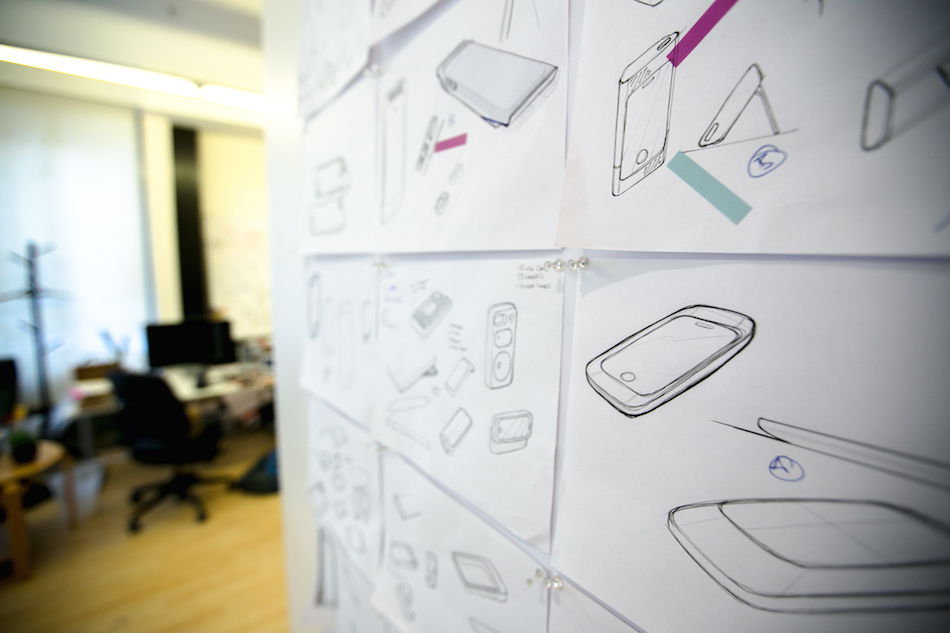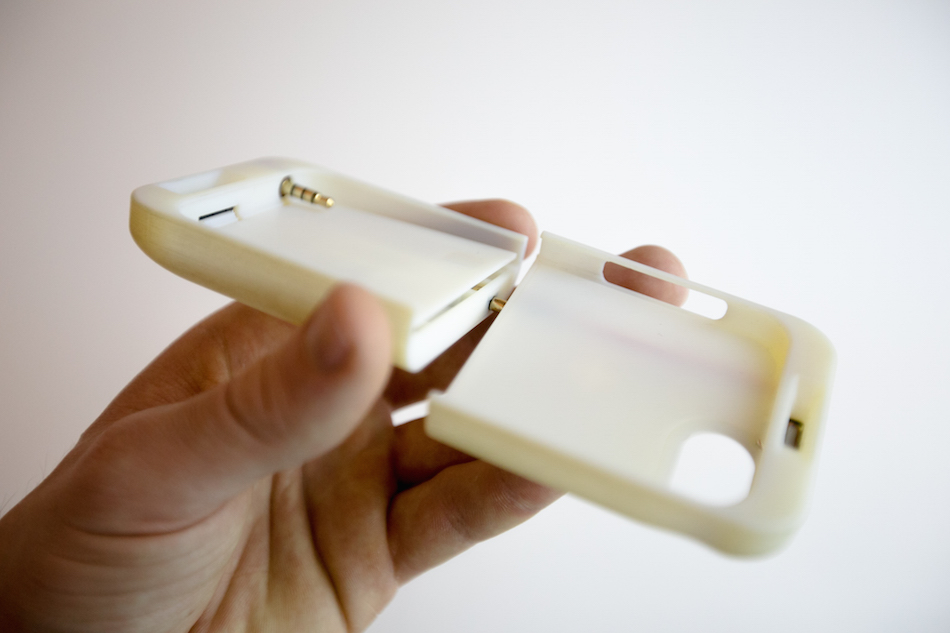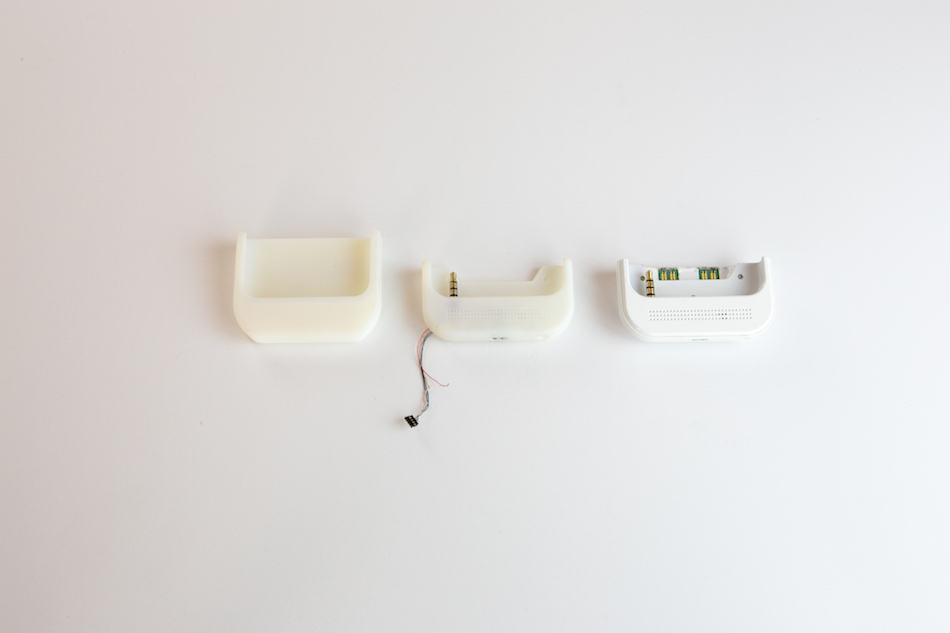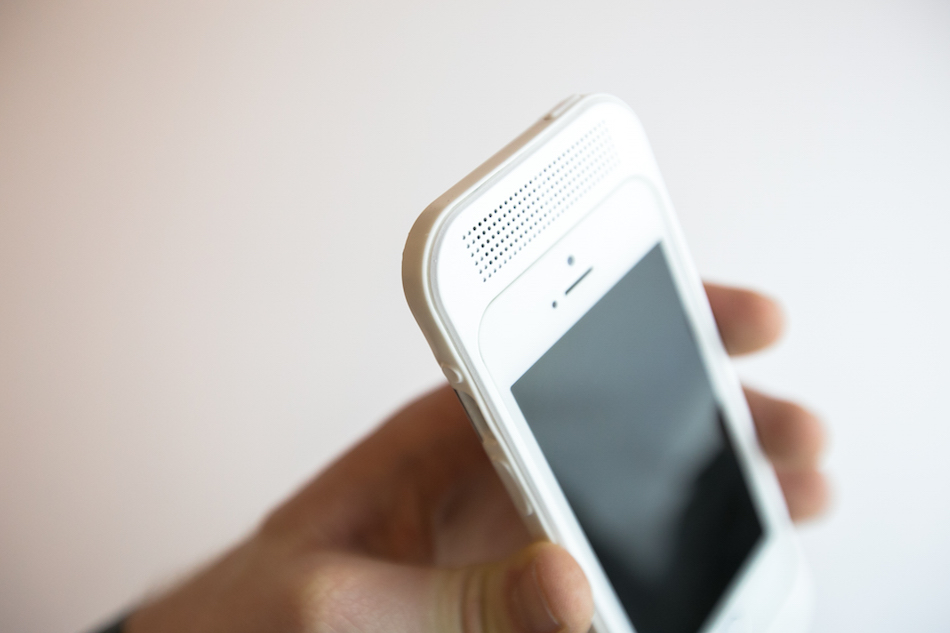Time to read: 7 min
We’re seeking out the best hardware companies and engineers to help uncover the many challenges, lessons, and philosophies behind hardware product development.
In this Hardware Spotlight, we had the chance to sit down with Alex Selig, co-founder at SoundFocus. Alex, and his co-founder Varun Srinivasan, founded the company with the goal of building revolutionary audio processing technologies to empower millions of people to hear better in their everyday lives. We chatted with Alex about sources of inspiration, user testing, and important lessons when iterating on designs.
Tell me about your story and how it led you to create SoundFocus.
I grew up with hearing loss – I have hearing aids in both ears. I’ve struggled to hear the world my entire life so I guess I pay attention to what I hear more than most. When I was studying mechanical engineering and product design at Stanford I had the opportunity to really understand everything about my ears as well as the great audio systems and how to build them.
What problem were you aiming to solve with SoundFocus?
Audio is a critical element of a great immersive experience with phone calls, music, and movies. Today, audio is a second class citizen on mobile phones today. Our product, Amp, fixes that. We give you great audio no matter where you are or what you are doing. This is done through a combination of great speakers and smart audio processing. To get the sound just right, we tune to your audio to your hearing, tastes, and the environment around you. So the obvious missing element on mobile devices today is sound. The sound is subpar and it’s always shooting out the wrong direction so you’re cupping your hand around the back of it hoping you get the sound to come towards you. With our product we offer personalized sound that analyzes your hearing needs, as in which frequencies of sound you hear well and which ones you don’t, your hearing tastes, and the effects of the environment around you.
“0.8mm makes or breaks products.”

Tell me about your prototyping philosophy – what does your process look like?
The prototyping process is really something they drill into you at Stanford. In the engineering building they had a sign on the first floor that read, ETC – express, test, cycle. This means that you give just enough form to an idea that allows you to gather useful feedback, then you test it out and gather that feedback and repeat the process over and over. It was the one thing they wanted all engineers to know because without continuous learning and testing, the products you design will fail to hit their mark and truly solve a customer’s problems.
How did that philosophy take form throughout your product development?
Throughout our process we weren’t afraid of really low fidelity prototypes. Sometimes that actually helps customers imagine what it could be rather than what it is. In the beginning you don’t really want to have too much detail – you just want to get early feedback on the core concept, asking questions like, “if you had a rectangular box on your headphone cable, would you buy it?”
So before we had people test out a fully functioning product, we took 3D printed prototypes, just solid chunks of plastic with no electronics, and handed them to people in a nearby park and asked them really basic questions like, “does this feel good and does this fit in your pocket?” It’s surprising how big a difference even a few millimeters can make in terms of reactions to the physical form of a product. Like, .8mm is a giant GIANT amount of size. I kid you not, .8mm makes or breaks products.

What was the impact of 3D printing in your overall process?
Little things you would never know about just from a rendering will materialize into very big things. Like buttons, for example. You see it in CAD and you’re like, “oh, it looks big, but it’s not THAT big.” And then you print it out and you’re like, “that looks like a button monstrosity, a button designed for a pre-schooler so they would never miss it.” Those are the sorts of things you don’t see until it’s physically in 3D.
More specifically though, Fictiv came in and really changed the dynamics of our product development process. When we started developing our first headphone adaptor prototype we were using other vendors who were about 3 times as expensive per prototype and who we couldn’t rely on because their turn around times were inconsistent. With Fictiv, I can actually do more rigorous planning than before since delivery is so consistent and I have a prototyping partner whose advice I actually trust and can rely on. Having a good relationship with your prototyping partners is the only way you’ll survive and Fictiv is like an extended part of our team.
Let’s dive into the specifics of your product development — what did your very first working prototype look like?
The first thing we did was take our software running on our iPhones/PCs and ported it onto a Beaglebone. So basically we had this tupperware box with a big SoundFocus logo on it and it was like a giant version of a headphone adaptor powered by usb phone chargers. This was not at all about hardware design but rather about putting pieces together kind of like MacGyver. We were MacGyvering a box together to satisfy a basic gut check; to prove we could successfully transfer the processing we were achieving on our phones to a piece of hardware.
“Fictiv came in and really changed the dynamics of our product development process…I have a prototyping partner whose advice I actually trust and can rely on.”

What about your first user testing experience with a working prototype?
After we landed on the right form factor for the product using the basic 3D prints, we decided to make 40 beta units of the headphone adaptor and actually sell them. Eric, the CEO of Pebble, gave us the advice that every customer who interacts with a beta needs to treat the product like it’s the real thing or else they will promise to use it and then it will sit on a shelf for three weeks. So we sold each unit for $100 each and put in extra effort with the packaging and presentation using soft tooling with really nice finishing and these nice little boxes with well designed instruction pamphlets to make people believe the beta units were like a finished product.
What kind of information did you garner from this testing?
The reactions were great and people really treated it like a real product, giving us extensive and high quality feedback. We learned that people really loved it but complained about having to remember to charge the thing. And if your most enthusiastic customers – your 10 out of 10 net promoters – are complaining about a particular issue you have to listen closely. So that was when we realized we could move toward building a smartphone case rather than the headphone adaptor. With our new product called Amp, which is now available for pre-order on our site, you don’t need any other devices. You get the benefit of having two high quality speakers with you all the time. You have incredible hands free calls, great sound from all your apps, and your headphones sound like they’ve been remastered. That with the added bonus that you don’t have to worry about charging, when you charge your Amp, you charge your phone.
“If you over-manage the chaos you don’t move quickly enough. On the other hand if you under-manage the chaos then nothing happens.”
What is it like to develop a product dependent upon an OEM like Apple?
It’s definitely nerve wracking. I don’t know if you’ve ever talked to the guys who build phone cases for a living but literally they are in line for the first phone they can possibly get at the iPhone store and they are flying to China within about an hour. Because every day that you’re not in the market with the latest version product is a day you’re losing potential profit from that line of cases. But on the other hand, every new device is an opportunity for us to build a better product.

What advice would you give to other hardware startups at the beginning of their journey?
First I’d say that high quality prototyping like 3D printing is awesome, but even before you do that, you should go quicker and dirtier – fold up some paper like origami style and do a gut check. Because that gut check takes you 5 minutes and zero money. Some companies burn big holes in their pockets spending thousands of dollars on prototypes when they could have learned a lot in 5 minutes from a couple pieces of foam board duct taped together.
The other advice I’d give is that, as a startup, the chaos is hard to manage. But if you over-manage the chaos you don’t move quickly enough. On the other hand if you under-manage the chaos then nothing happens. Find the balance.










